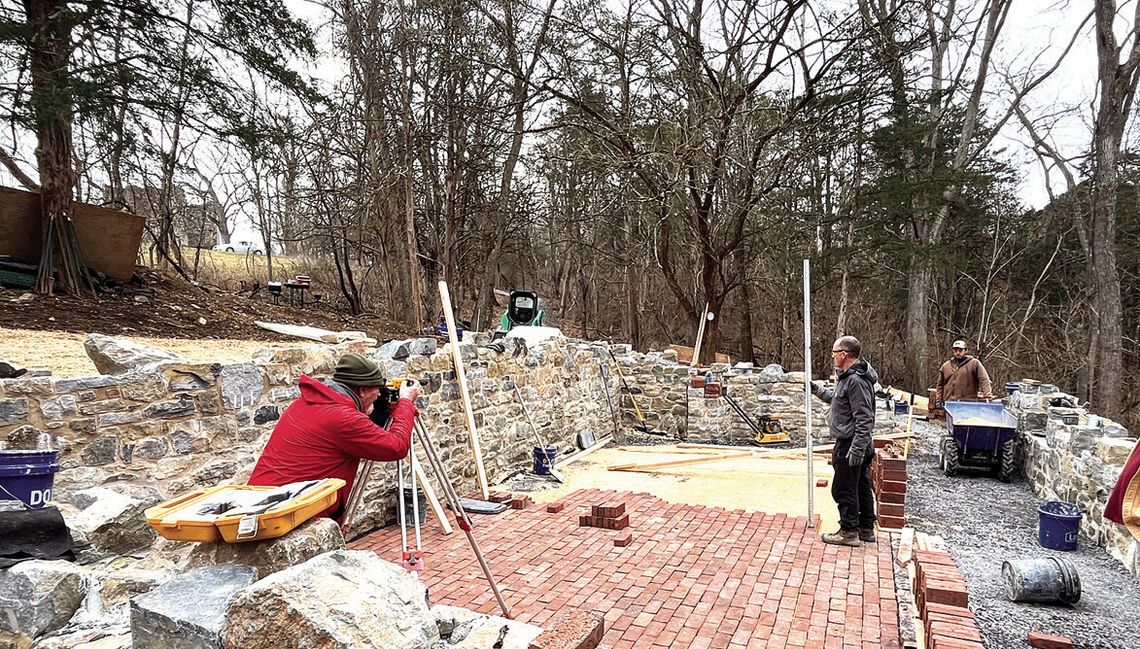W&L To Celebrate Archeology Site
Students in Washington and Lee University’s Collective Memory class are inviting the community to a “gathering” this Saturday, April 6, to mark the restoration of “The Foundation,” the remains of a stone building near “The Ruins” at Liberty Hall.
The gathering will start at 11 a.m. and will feature speakers from the Collective Memory class, members of W&L’s Native American and Indigenous Cohort, the Rockbridge NAACP, Students for Historic Preservation, and masons from New Dimension Masonry who recently restored the foundation.
Through this event, Collective Memory students intend to respectfully acknowledge the site’s multi-layered history and to bring all parts of the landscape’s past back into the community’s shared remembrance.
The foundation is the surviving part of the steward’s house, where Liberty Hall students took their meals (circa 17931803). When the main academy building burned and the institution moved to its current location, the former Liberty Hall campus became a plantation dependent on the labor of enslaved people (1803-1860s).
In the 1970s, W&L professor John McDaniel led students in archaeological research on the Liberty Hall campus. They found the remains of 11 structures, among them the steward’s house. The steward’s house site yielded thousands of artifacts. Many date to the Liberty Hall Academy era. Many others are later, dating to the plantation era. W&L archaeologist Don Gaylord has continued excavations on this “back campus” since 2014.
At the conclusion of their research in the 70s, McDaniel, his colleagues, and students proposed an interpretive historic park so that the prominent standing ruins of the academy building could be appropriately interpreted as part of a busy college landscape with other structures and many people. W&L did not pursue the plan at that time, but the newly restored foundation is a step in that direction.
The excavated cellar of the steward’s house stood open for nearly 50 years until 2023, when W&L hired New Dimension Masonry of Lexington to restore it to the condition in which archaeologists had found in the 1970s. The father-son mason team of John and Jesse Friedrichs, with their associate Matt Reed, have completed the project in recent days.
In this Saturday’s program, students in W&L professor Alison Bell’s Collective Memory class and guest speakers will discuss the site’s multi-layered history as an academy, a plantation, and for many thousands of years as homelands of the Eastern Siouan (Yesą) ́ people, whose descendants include the Monacans.
Parking is available in W&L’s Boneyard Lot. Visitors can set their GPS to “Boneyard Lane.” Or they can turn off of U.S. 60 West onto West Denny Circle, drive toward the standing ruins of the main Liberty Hall Academy building, and look for students in orange vests who will direct them to parking.
Those with questions can contact Bell at [email protected] or the W&L Department of Sociology and Anthropology at (540) 458-8798.
.jpg)



